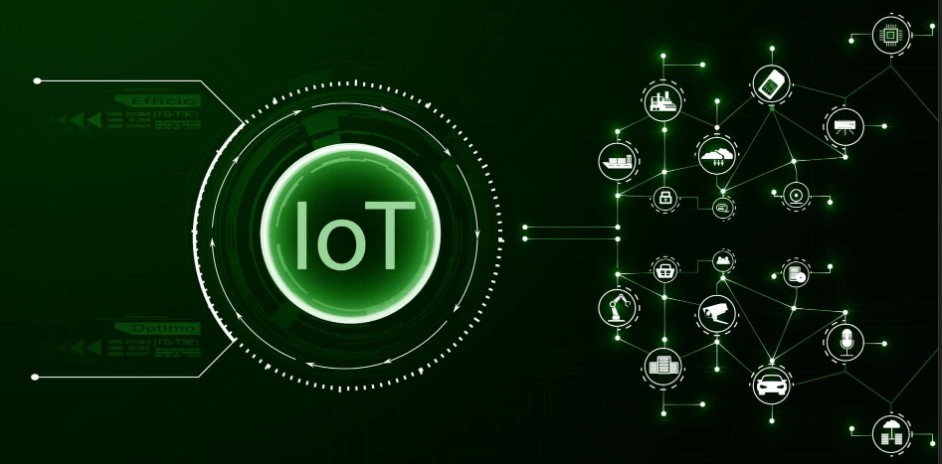Navigating the Shifting Tides of the Cyber Landscape
April 30, 2024

In the fast-paced world of technology, the cyber landscape has undergone significant transformations, presenting both opportunities and challenges for individuals, businesses, and governments. As the digital realm evolves, so do the tactics employed by cybercriminals, making it imperative for us to understand the shifts in the cyber landscape and adapt our strategies for safeguarding against emerging threats.
Rise of Sophisticated Cyber Attacks:
From Script Kiddies to Nation-State Actors
In the early days of the internet, cyber-attacks were often the work of script kiddies—individuals with limited technical skills using readily available tools. Today, we witness the rise of sophisticated attacks orchestrated by well-funded and organized groups, including nation-state actors. These actors engage in espionage, cyber warfare, and large-scale data breaches, underscoring the need for robust cybersecurity measures.
Proliferation of Ransomware:
A Lucrative Business Model for Cybercriminals
Ransomware has evolved from a nuisance to a lucrative criminal enterprise. Cybercriminals now employ advanced encryption techniques and double extortion tactics, demanding ransom payments under the threat of both data encryption and public exposure. This evolution has targeted not only individuals but also critical infrastructure, emphasizing the urgency of proactive cybersecurity strategies.

Internet of Things (IoT) Vulnerabilities:
Expanding the Attack Surface
The increasing integration of IoT devices into our daily lives has expanded the attack surface for cybercriminals. From smart homes to industrial systems, vulnerabilities in IoT devices pose new challenges for cybersecurity. Ensuring the security of these interconnected devices is crucial to prevent unauthorized access and potential exploitation.
Advanced Persistent Threats (APTs):
Long-Term and Covert Intrusions
Advanced Persistent Threats, or APTs, represent a paradigm shift in cyber threats. These attacks are characterized by their stealth, persistence, and focus on long-term objectives. APTs often involve sophisticated techniques, such as zero-day exploits and social engineering, making them challenging to detect and mitigate.
Cloud Security Concerns:
New Frontiers, New Challenges
The adoption of cloud computing has revolutionized the way we store and access data. However, it has also introduced new security challenges. As businesses migrate to the cloud, ensuring the security of sensitive information and protecting against unauthorized access become critical components of a comprehensive cybersecurity strategy.

Machine Learning and Artificial Intelligence in Cybersecurity:
A Double-Edged Sword
The integration of machine learning and artificial intelligence (AI) in cybersecurity has enhanced threat detection capabilities. However, cybercriminals also leverage these technologies to automate and optimize their attacks. This dual use of advanced technologies highlights the constant cat-and-mouse game between defenders and attackers in the cyber landscape.
Increased Focus on Cyber Resilience:
Preparing for the Inevitable
The evolving cyber landscape has necessitated a paradigm shift in cybersecurity strategies. Rather than focusing solely on prevention, organizations now prioritize cyber resilience—building the capacity to anticipate, respond to, and recover from cyber incidents. This holistic approach acknowledges that, despite best efforts, no system is entirely immune to cyber threats.
The evolution of the cyber landscape brings both innovation and challenges. As technology continues to advance, staying informed about emerging threats, adopting proactive cybersecurity measures, and fostering a culture of cyber resilience are essential. By understanding the shifts in the cyber landscape, individuals and organizations can navigate the digital terrain with vigilance and adaptability, mitigating risks and securing the future of our interconnected world.

Have Any Question?
Call or email Cocha. We can help with your cybersecurity needs!
- (281) 607-0616
- info@cochatechnology.com




